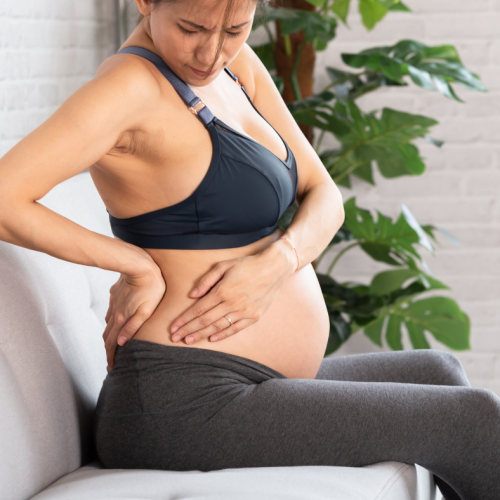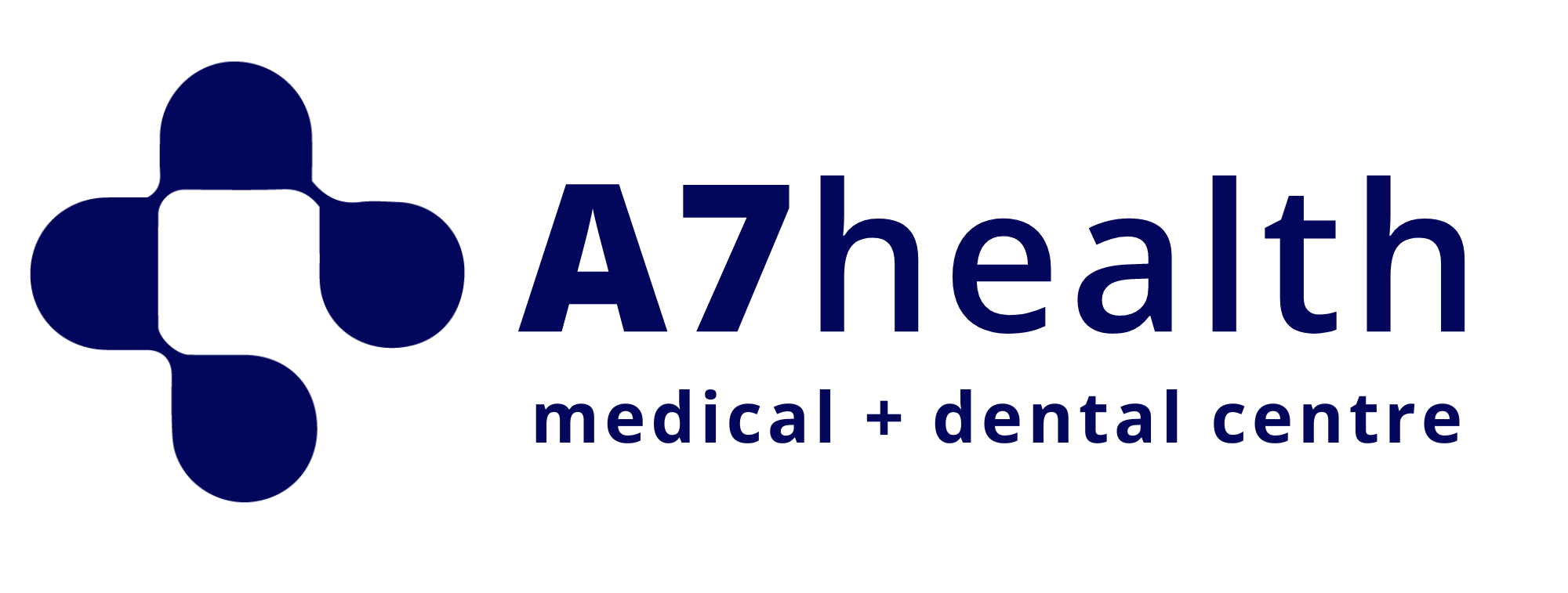Sacroiliitis
Sacroiliitis is inflammation of one or both sacroiliac joints, also called SI joint, located where your lower spine and pelvis connect.
What is the sacroiliac joint?
The sacroiliac joint connects the hip bones (iliac crests) to the sacrum, the triangular bone between the lumbar spine and the tailbone (coccyx). The primary function of the sacroiliac joints is to absorb shocks between the upper body and the pelvis and legs. It is common for pregnant women to develop sacroiliitis.

Symptoms of sacroiliitis
Sacroiliitis’ most common symptoms appear as pain or stiffness in the buttocks and lower back. It can also affect the legs, groin and even the feet. Sacroiliitis pain can be aggravated by:
- Prolonged standing
- Bearing more weight on one leg than the other
- Stair climbing
- Running
- Taking large strides
Causes of sacroiliitis
Sacroiliitis or sacroiliac joint dysfunction is more common in young and middle-aged women. Women who are pregnant or have recently given birth may be more susceptible to sacroiliac joint pain. Causes of sacroiliac joint dysfunction include:
- Traumatic injury – A sudden impact, such as a motor vehicle accident or a fall, can damage your sacroiliac joints.
- Arthritis – Wear-and-tear arthritis (osteoarthritis) can occur in sacroiliac joints, as can ankylosing spondylitis — a type of inflammatory arthritis that affects the spine.
- Pregnancy – The sacroiliac joints must loosen and stretch to accommodate childbirth. The added weight and altered gait during pregnancy can cause additional stress on these joints and can lead to abnormal wear.
- Infection – In rare cases, the sacroiliac joint can become infected.
Treatment for sacroiliitis
Treatment depends on your symptoms, as well as the cause of your sacroiliitis.
Medications – Depending on the cause of your pain, your doctor might recommend pain relievers, muscle relaxants, tumor necrosis factor (TNF) inhibitors, or corticosteroid injections
Physiotherapy – Your physiotherapist can help you learn range-of-motion and stretching exercises to maintain joint flexibility, and strengthening exercises to make your muscles more stable.
Surgical and other procedures – Radiofrequency denervation to damage/destroy the nerve tissue causing your pain or electrical stimulation to help reduce pain. Although surgical intervention is rarely required, joint fusion is sometimes used to relieve the pain of sacroiliitis.
Home remedies – Over-the-counter pain relievers may temporarily help relieve pain. Self-administered medications can be dangerous and have unexpected side effects. Talk to your doctor first before taking any medication. Alternatively, rest as much as possible and modify or avoid activities that make your pain worse. Use ice and heat pads to relieve inflammation, and be careful of poor posture, as this could put extra strain on other muscles and make your sacroiliac pain worse.
Treatment at A7 Health Sacroiliitis during or after Pregnancy:
Get Physiotherapy – Book an appointment with a Physiotherapist at A7 Health who will assess you in a 45 minute consultation and provide you with treatment alongside a treatment plan to reduce your pain. Some of the treatments include:
- Lower back mobility exercises.
- Massage.
- Mobilisations on any stiff joints such as your hips, lumbar spine joints or the sacroiliac joint (SIJ).
- Pelvic floor strengthening exercises.
- Strengthening exercises for your abdominal muscles.
- Practice relaxation techniques.
- Relieve back pain.
- Relieve pain during sexual intercourse.
Join an exercise class (with a Biokineticist) – Moderate exercise, such as walking, has been shown to help relieve back and pelvic pain during pregnancy. Stretching can help relieve sore muscles. Join an exercise class led by an A7 Health Biokineticist who will teach you exercises that will strengthen and relax muscles and help you to reduce the likelihood of pain after pregnancy. These exercises will also help you with recovery after you give birth.
